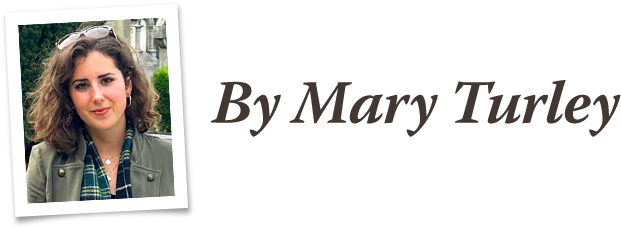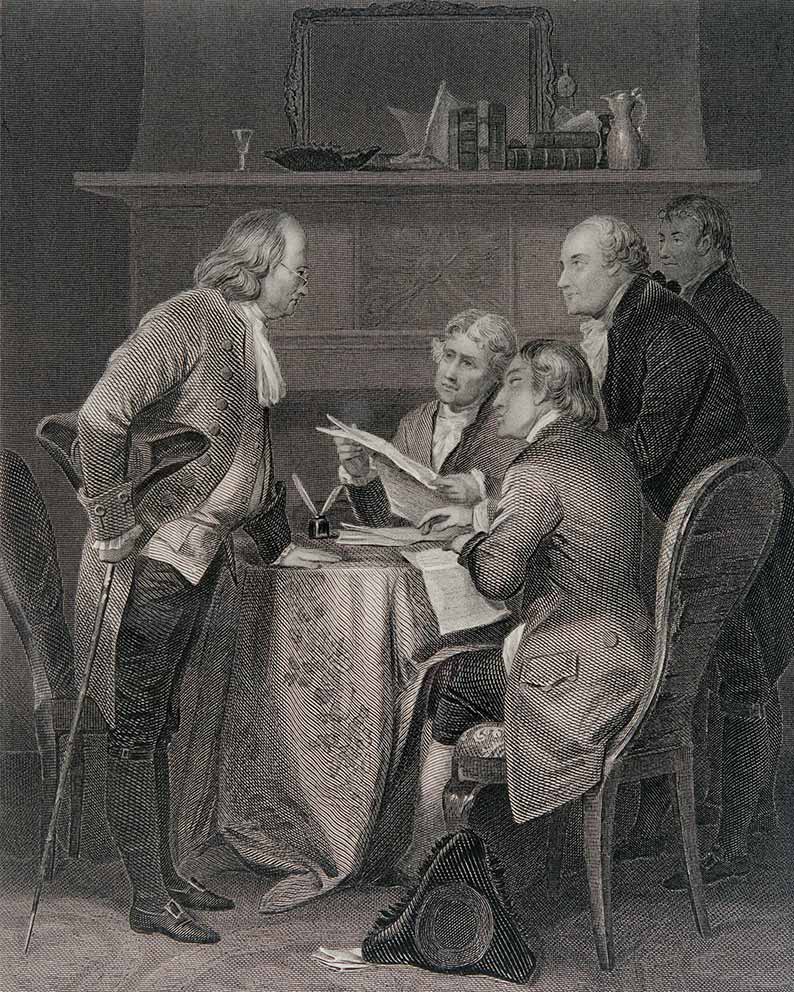The Battlefield Letter of Sullivan Ballou, 1861

The Battlefield Letter of Sullivan Ballou, July 14, 1861
![]() n the study of history, where resources of fundamental and priceless depth are at our disposal, few artifacts erase the alienation of time and circumstance like letters. In letters we find our predecessors’ very personal sentiments, beliefs and hopes—not in justified, placid retrospect but in the beating moment when each second was precious and fleeting as now our present is. Last letters are on another plain entirely—they are the last recorded testament of an eternal soul.
n the study of history, where resources of fundamental and priceless depth are at our disposal, few artifacts erase the alienation of time and circumstance like letters. In letters we find our predecessors’ very personal sentiments, beliefs and hopes—not in justified, placid retrospect but in the beating moment when each second was precious and fleeting as now our present is. Last letters are on another plain entirely—they are the last recorded testament of an eternal soul.
On July 14, 1861, not even four months into our Civil War, Major Sullivan Ballou sat himself down at his headquarters and wrote a fervent letter to his wife, Sarah. A successful Rhode Island attorney, at the age of 32 he joined the Union Army upon President Lincoln’s call for volunteers to quell Southern independence. Faced with imminent battle at Bull Run in Virginia, Major Ballou poured his heart, love and prayers for Sarah and their sons into a missive that would prove to be his last. It remains one of the most stirring declarations of devotion handed down to posterity:

Sullivan Ballou (1829-1861)

An artist’s depiction of the First Battle of Manassas, July 21, 1861
Headquarters, Camp Clark
Washington, D.C., July 14, 1861My Very Dear Wife:
Indications are very strong that we shall move in a few days, perhaps to-morrow. Lest I should not be able to write you again, I feel impelled to write a few lines, that may fall under your eye when I shall be no more.
Our movement may be one of a few days duration and full of pleasure and it may be one of severe conflict and death to me. Not my will, but thine, O God be done. If it is necessary that I should fall on the battle-field for any country, I am ready.
But, my dear wife, when I know, that with my own joys, I lay down nearly all of yours, and replace them in this life with care and sorrows, when, after having eaten for long years the bitter fruit of orphanage myself, I must offer it, as their only sustenance, to my dear little children, is it weak or dishonorable, while the banner of my purpose floats calmly and proudly in the breeze, that my unbounded love for you, my darling wife and children, should struggle in fierce, though useless, contest with my love of country…
Sarah, my love for you is deathless. It seems to bind me with mighty cables, that nothing but Omnipotence can break; and yet, my love of country comes over me like a strong wind, and bears me irresistibly on with all those chains, to the battlefield. The memories of all the blissful moments I have spent with you come crowding over me, and I feel most deeply grateful to God and you, that I have enjoyed them so long. And how hard it is for me to give them up, and burn to ashes the hopes of future years, when, God willing, we might still have lived and loved together, and seen our boys grow up to honorable manhood around us.
I know I have but few claims upon Divine Providence, but something whispers to me, perhaps it is the wafted prayer of my little Edgar, that I shall return to my loved ones unharmed. If I do not, my dear Sarah, never forget how much I love you, nor that, when my last breath escapes me on the battle-field, it will whisper your name.
Forgive my many faults, and the many pains I have caused you. How thoughtless, how foolish I have oftentimes been! How gladly would I wash out with my tears, every little spot upon your happiness, and struggle with all the misfortune of this world, to shield you and my children from harm. But I cannot, I must watch you from the spirit land and hover near you, while you buffet the storms with your precious little freight, and wait with sad patience till we meet to part no more.
But, O Sarah, if the dead can come back to this earth, and flit unseen around those they loved, I shall always be near you in the garish day, and the darkest night amidst your happiest scenes and gloomiest hours always, always, and, if the soft breeze fans your cheek, it shall be my breath; or the cool air cools your throbbing temples, it shall be my spirit passing by.
Sarah, do not mourn me dear; think I am gone, and wait for me, for we shall meet again.
As for my little boys, they will grow as I have done, and never know a father’s love and care. Little Willie is too young to remember me long, and my blue-eyed Edgar will keep my frolics with him among the dimmest memories of his childhood. Sarah, I have unlimited confidence in your maternal care, and your development of their characters. Tell my two mothers, I call God’s blessing upon them. O Sarah, I wait for you there! Come to me, and lead thither my children.
—Sullivan

Swan Point Cemetery, Providence, Rhode Island—final resting place of Sullivan Ballou and his beloved wife Sarah; she never remarried, died at the age of 82 in 1917, and was buried next to the husband of her youth









 Diagram showing the placement of the respective troops during the Battle of Marston Moor
Diagram showing the placement of the respective troops during the Battle of Marston Moor




 mongst the largely futile clamor that marked the early half of the Second Continental Congress, there rose to his feet the leading delegate of powerful old Virginia, and he declared with chilling clarity his motion to resolve “that these United Colonies are, and of right ought to be, free and independent States.”
mongst the largely futile clamor that marked the early half of the Second Continental Congress, there rose to his feet the leading delegate of powerful old Virginia, and he declared with chilling clarity his motion to resolve “that these United Colonies are, and of right ought to be, free and independent States.”









